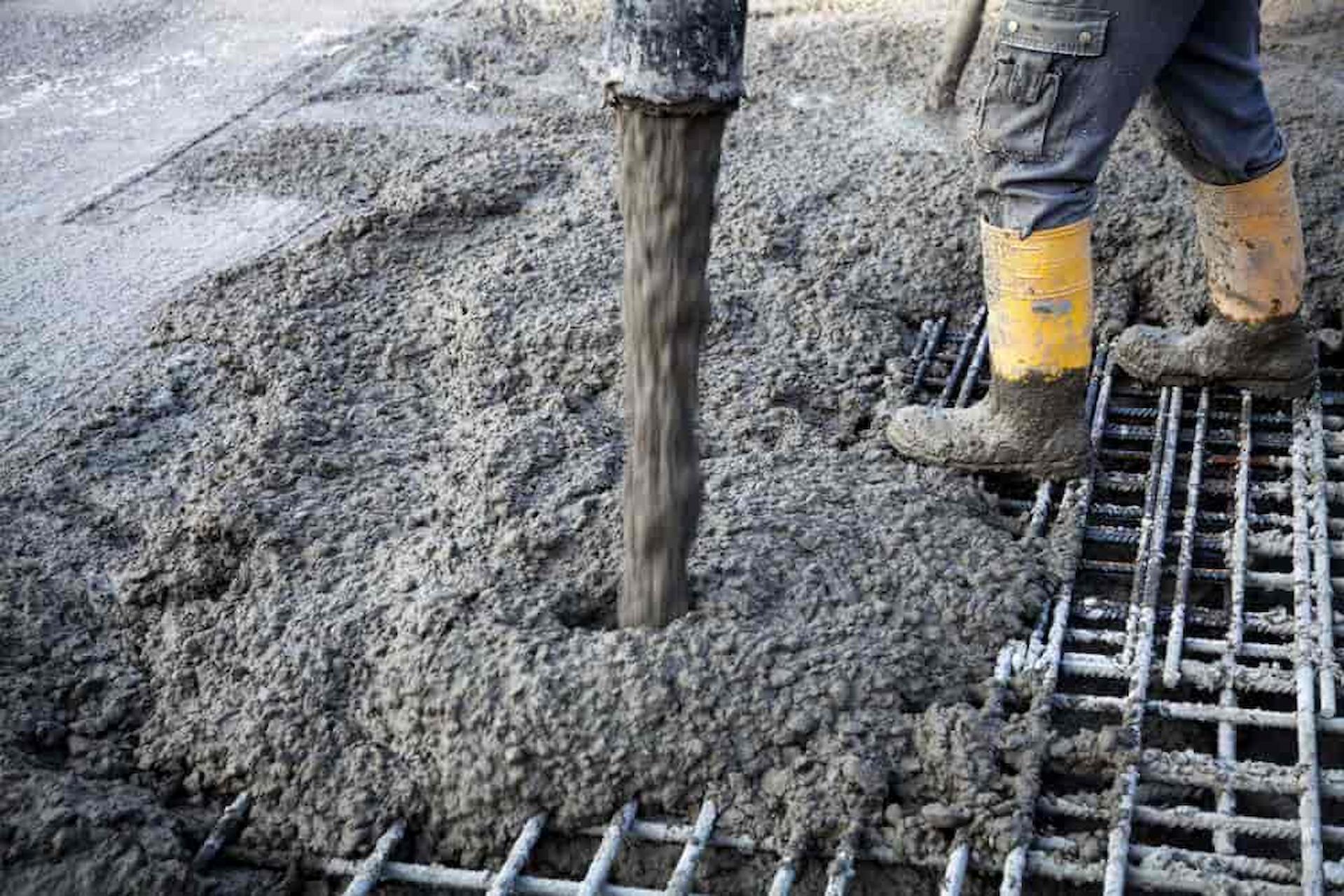The benefits of using ready-mix concrete help increase efficiency and reduce waste of all materials involved in the construction process. Another benefit of using ready-mixed concrete is the reduction in storage space for critical materials on the construction site. You can save a lot of time on construction projects because ready-mix concrete suppliers mix concrete to order and deliver it to your construction site.
The main advantage of using a ready-made mix is ??that it is easier to get exactly the amount of concrete needed for the job:-
You can prepare the concrete mixture for exactly as much as needed, and make more batches if necessary. This type of concrete mix is ??used when the quality of the mix must be perfect. Concrete is dosed and thoroughly mixed in a stationary concrete mixer on the plant site before unloading into concrete mixer trucks. The finished concrete mix is ??then transported to the worksheet inside the concrete mixer above the truck.
Transporting composite concrete is also called dry concrete because all necessary components are loaded into the mixer immediately. During transportation from the manufacturing plant to the construction site, the concrete components are thoroughly mixed to produce concrete. On a traditional construction site, each of these materials is purchased separately and mixed on-site in specific proportions to make concrete.
On the other hand, with traditional hand mixing, the concrete is prepared on-site, where the components are mixed according to certain ratios that provide the desired concrete quality. Traditionally, concrete was mixed on-site, requiring a fair amount of physical labour, human error, and a significant amount of time. When using traditional concrete, the quality of the mixture cannot be fully guaranteed, which can cause great controversy among construction companies. With RMC, quality is consistently maintained, especially if the concrete is produced in batches by a reputable company such as Atlas Concrete.
The manual labour associated with mixing the concrete on site is relatively significant and not necessary for RMC. For a small to medium sized project, the cost and time of mixing equipment rental, labour, and the purchase and storage of concrete ingredients combined with environmental concerns (cement dust is an air health hazard) may simply not be considered. be useful compared to the cost of ready-mixed concrete, where the customer pays for what they use and lets others do the work up to that point.
The cost of raw materials required for concrete production along with storage can also be very high. Water, additives, and aggregates are needed en masse for an on-site mixing project, and more trucks and more labour may be needed to store the water. Contractors require additional storage space to store large bundles of building materials that are mixed to prepare concrete on site.
In addition, the use of ready mix concrete Hertfordshire results in low waste, an efficient workflow, and eliminates the need to store ready-mixed concrete and additional raw materials at the construction site. The production of ready-mixed concrete has also led to significant improvements in the construction sector, mainly to improve the quality of the materials used. Foundation concrete is what has enabled the construction industry to build larger, taller, and much more sustainable buildings than previously built perishable buildings.
Reduced Life Cycle Cost Ready-mixed concrete, which guarantees structural durability, improved durability and reliable structural strength, is a promising product for residential and commercial construction projects. Another interesting aspect of using ready-mixed concrete for your project is that the process uses poured cement (instead of bagged cement) and thus dust emissions are greatly reduced with minimal noise pollution. The use of a predetermined concrete mix reduces flexibility in both the supply chain and the actual components of the concrete.
Batch plants combine the exact amount of gravel, sand, water and cement by weight (according to the mix formulation for the grade of concrete recommended by the civil engineer or architect), allowing the development and implementation of speciality concrete mix on construction sites. . Mixing in transit separates water from cement and aggregates and allows concrete to be instantly mixed prior to use on site. Mixed separates the water from the concrete and ensures that the concrete is mixed and ready for use when it arrives at the job site.
The concrete is mixed and cured in a stationary block, then the concrete goes through all the important tests to ensure proper quality and after approval. Each batch is ordered to measure compressive strength according to specific needs and applications, mixed with specific admixtures and materials to offer you the best and most consistent concrete quality.
Ready-mixed concrete (RCC) is concrete that is produced in a batch plant to specific job requirements and then delivered to a construction site “ready-to-use”. Ready-mixed concrete refers to a type of concrete that is not mixed at a construction site but is mixed at a cement plant or manufacturing plant and then transported to the construction site by various modes of transport depending on the amount of concrete. be sent.
A ready mix concrete Hertfordshire plant needs to be equipped with advanced equipment such as a concrete mixer, a concrete pump and a concrete batching plant that require visualized production management software as well as a PLC controller.
Conclusion
Admixtures can be used to reduce the need for water, to incorporate air into the mixture, to increase surface strength, or even to superfluid concrete to make it self-levelling, such as self-compacting concrete. dosage and mixing design, which is more difficult without dosing/dosing equipment and concrete plant lab support, which means they are not easy to use outside of premixed concrete. Concrete mixes are used with high versatility, they are the best methods of concrete. Concrete ingredients (water, aggregate and cement) are present in abundance and have a lower environmental impact in the composition of concrete ingredients (water extraction compared to other building materials). environment than with other building materials.

